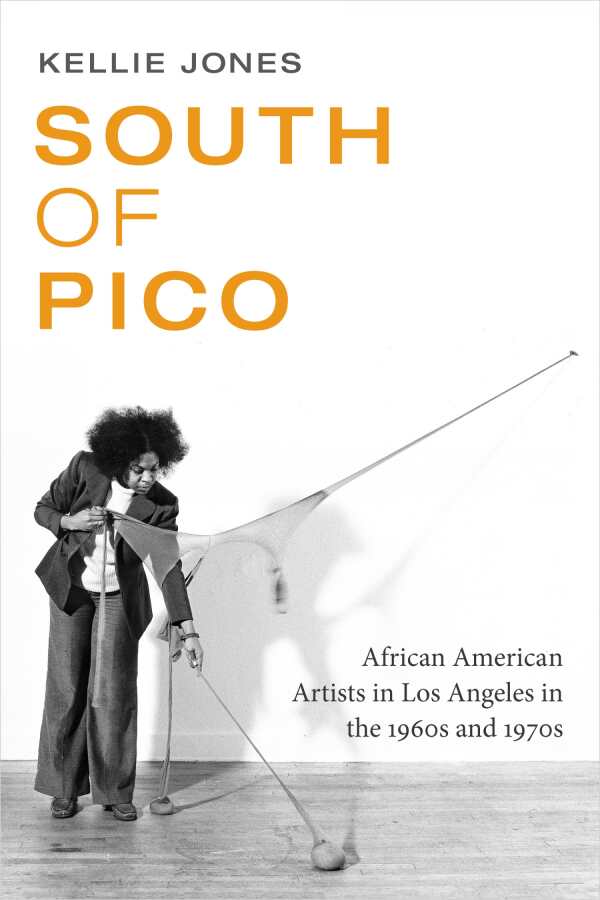South of Pico
African American Artists in Los Angeles in the 1960s and 1970s
In South of Pico: African American Artists in Los Angeles in the 1960s and 1970s, Kellie Jones, MacArthur Fellow, illuminates the historic forces and migrations that gave rise to the groundbreaking black artists and artistic communities of Los Angeles for almost three decades. Jones surveys two decades of artists (such as Charles White, Betye Saar, John Outterbridge, Senga Nengudi, and David Hammons, to name a few), their artistic output, and role in LA’s African American art scene and places them and their work in the larger artistic canon. In this work of deep-thinking scholarship, Jones locates Afro Modernism at the vanguard of a larger artistic zeitgeist while also grounding it firmly in the nexus of African American experience in social, geographical, and historical space.
Although African American artists were part of American culture, not other than it, the lack of institutional frameworks and infrastructure often ghettoized their work. The isolation of African American communities frequently meant that work by black artists was racialized and marginalized. Additionally, the complex lineage of slavery, mass migration, civic disenfranchisement, and segregation make Jones particularly interested in how the artists use place to “think about the future and to reconsider and reframe the past.” These artists’ response—in the use of black bodies, alternative materials and ways of making, and non-Western, non-white traditions—radically changed the art world. Their art created nexuses where memory, history, and community were contiguous with past, present, and future. Jones’s work establishes their historic space and does much to address the “struggle for the African American visual artist’s self-expression to be seen as intellectual history, their imaginings as agents of creative change or transformation.”
Reviewed by
Letitia Montgomery-Rodgers
Disclosure: This article is not an endorsement, but a review. The publisher of this book provided free copies of the book to have their book reviewed by a professional reviewer. No fee was paid by the publisher for this review. Foreword Reviews only recommends books that we love. Foreword Magazine, Inc. is disclosing this in accordance with the Federal Trade Commission’s 16 CFR, Part 255.

